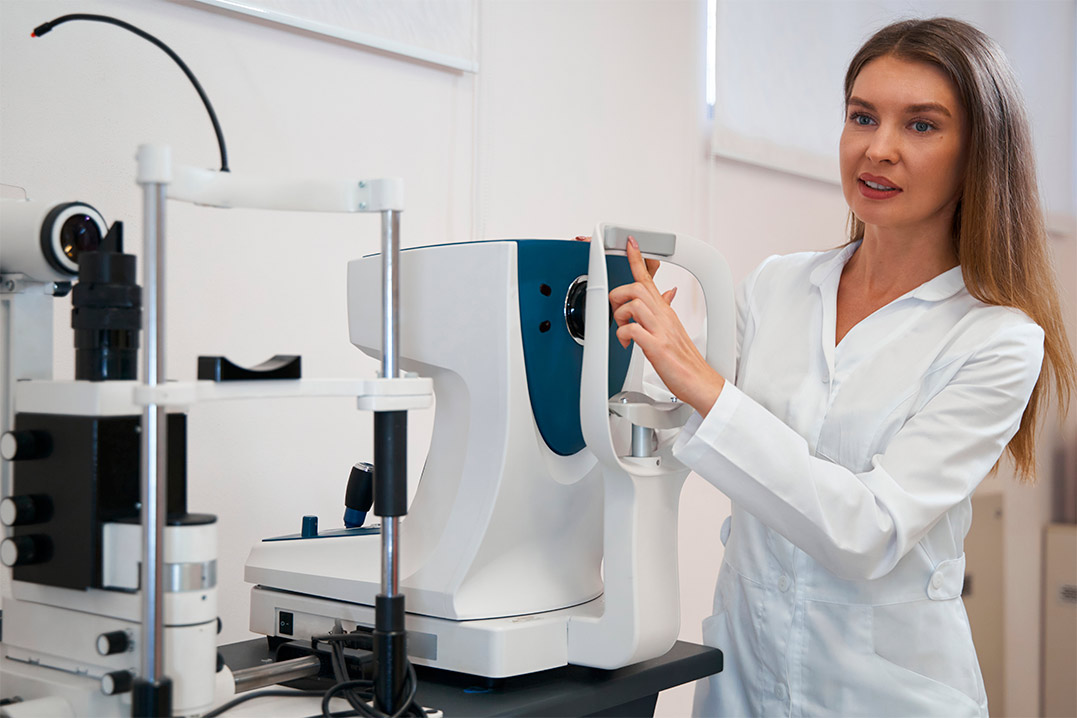Autorefractors are digital instruments that measure refractive errors with the help of advanced optical technology. This device works by sending light pulses into the patient’s eyes and then recording how the light is focused on their retina. It then determines any astigmatism, myopia, hyperopia, or presbyopia present in the eye and sends this information to a practitioner who can make an accurate assessment regarding vision correction.
By combining data from multiple tests together, practitioners can gain valuable insights into their patient’s vision which helps optimize care delivery for better outcomes at lower costs – including those related to measuring prescriptions accurately. The device measures the amount of correction needed to focus light properly on the person’s retina in order to achieve clear vision. This data is used to generate the correct prescription for glasses and contact lenses too.
The accuracy of autorefractors has been well documented over the years, with some studies suggesting they can even be more reliable than manual refraction tests done by qualified practitioners. In one study conducted in 2015, autorefractors were able to determine prescriptions within 0.2 diopters of the accepted standard and even exceeded human error standards in certain cases. This makes them much more reliable than other technologies used to test refractive errors such as corneal topography or retinoscopy.
In addition to providing accurate results for glasses and contact lenses prescriptions, autorefractor tests offer many other important benefits as well. These devices are very effective at detecting subtle changes in a person’s vision over time which can alert doctors if there have been any significant changes since their last visit. This helps ensure that patients receive timely treatment when needed while avoiding unnecessary treatments or costs associated with inefficient care delivery processes.
Overall, autorefractor tests provide tremendous benefits for both patients and healthcare providers alike due to their accuracy and ability to detect subtle changes in a patient’s eyesight quickly and effectively – making them essential tools for measuring and refining prescriptions correctly every time!

